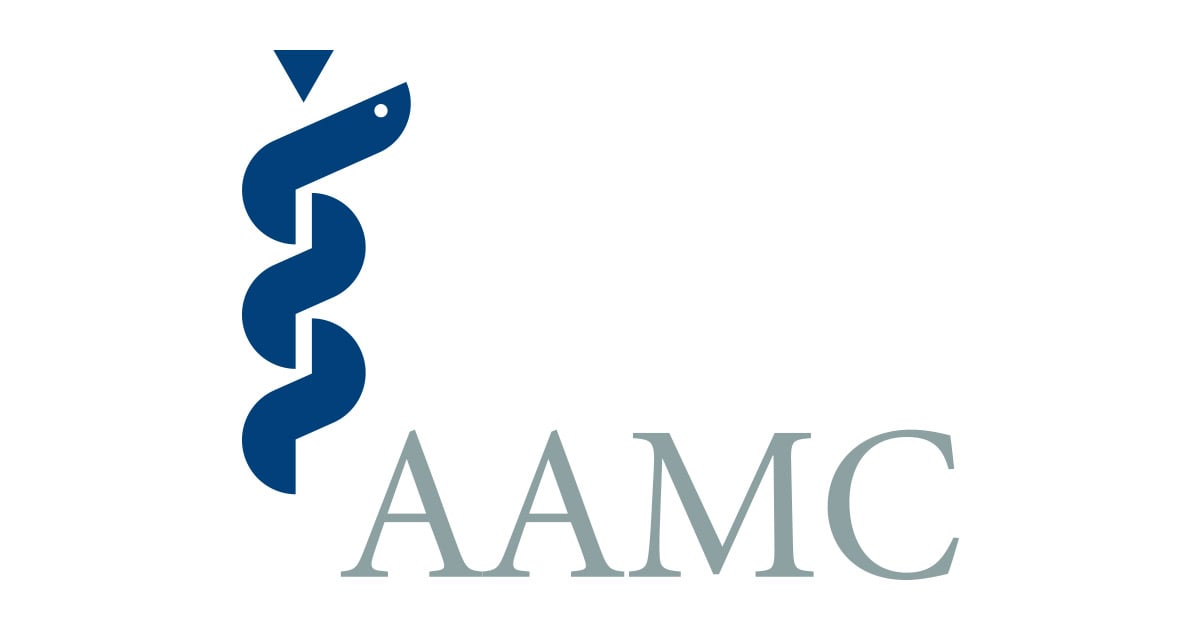Last Updated on June 26, 2022 by Laura Turner
Chances are after deciding to become a doctor, you’ve likely heard a lot of opinions about where you should apply to medical school. There is a lot of information out there, which can create the perception that you should look for the “best” school only based on average GPAs and MCAT scores of its applicants. But we know that your success is not measured by scores and academic data alone.
Just as you want a medical school to evaluate you as a whole applicant—considering your experiences, attributes, and interests—you shouldn’t evaluate medical schools based just on the numbers and statistics that represent them. The most important thing to consider is whether the medical school is a good fit for you. But how do you figure that out with so many schools and programs?
That’s where the Medical School Admissions Requirements (MSAR) can help. The MSAR is the website with profiles for every MD-granting and LCME-accredited medical school in the United States and Canada, as well as over 40 baccalaureate-MD programs. Updated annually, it has the most accurate and up-to-date information, and allows you to browse, search, sort, and compare programs so you can make the best decisions about which schools are right for you.
This year we’ve added more than 30 new features to provide you with even more information about each program included in the MSAR.
Here are tips to help you get the most from some of the new features:
1. Add calendar reminders to your Google or Outlook calendar: Every medical school has their own application deadline, and you may want to apply early. The calendar reminder tool lets you add school specific due dates and send calendar reminders straight to your Google or Outlook Calendar so you don’t miss a deadline date!
2. Consider how your learning style fits with the school’s policies. We added information in the Education section about how classes are structured and formatted so you can consider how you learn best and what you’re comfortable with. This section also includes new questions that students asked us to include, such as policies for ranking students, dress code, and lecture attendance.
3. See demographics on first-year students. Learn more about the demographics of the entering student body for each school that you’re interested in, such as age, where they are from geographically, their ethnicity, and more. If you’re a nontraditional student, this is a great way to assess whether or not there are people like you attending a particular medical school.
Additional information that you can get from the MSAR to help you choose the right school includes: include:
· Score data from the new MCAT exam
· Data and policies on the waitlist procedures
· Details about what to expect on interview day
· Information about clinical rotations
· Diversity policies and initiatives
· Favorites and Notes tools to help keep track of questions and your preferences
· Premedical coursework charts to compare your coursework to each school’s requirements
· Ability for students to become state residents after matriculation
· Number of students entering from post-bacc programs
· When medical students begin patient interaction
Unlike other guides or resources, the MSAR content comes directly from the source—from the medical schools themselves, the AMCAS application, and the MCAT exam—so you know the information is the most accurate for each program.
To learn more about the MSAR, go to www.aamc.org/msar.
The AAMC leads and serves the academic medicine community to improve the health of people everywhere. Founded in 1876 and based in Washington, D.C., the AAMC is a not-for-profit association dedicated to transforming health through medical education, health care, medical research, and community collaborations.


